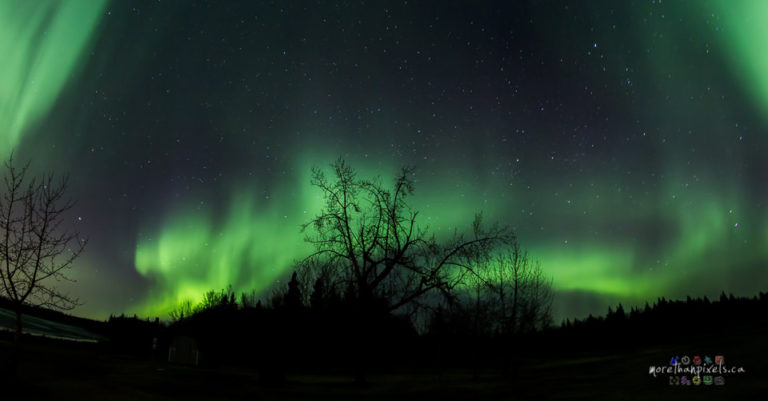
Today, Edmonton woke up to a winter storm warning from Weather Canada. Some 10 to 20 centimeters of snow were expected in the next 2 days.
As I got out of bed and ready to go to work, I noticed that the snow was already coming down. Slowly slurping down the coffee, I started observing the nice-looking flakes covering everything in white…
Despite living in Canada for more than a decade now, I still have that sensation that I’m trapped in a snowglobe when it snows in big flakes. An immigrant’s first impressions, I guess. “Feels like I’m in a movie”, some would say. But I digress. Seeing all the snow I thought it would be a nice chance to test out my macro setup.
So I grabbed a blue wool blanket, put it on a stool outside on the balcony, and came back inside to set up the camera. By the time I came out, the blanket was covered in beautiful snowflakes.
I have to say I was pretty excited to be able to photograph these tiny crystals. They say each snowflake is unique. I read that very small ones can look alike, but for the sake of the poetry in this post, let’s go with the notion they were of the larger type, and therefore, all different.
I was able to take these pictures using a 100mm Macro f/2.8 on my T3i, together with a reversed 50mm f/1.8, among other bits and pieces of gear that I have been putting together since the fall. I don’t feel like I’m supposed to be writing tutorials or instructions on macro photography yet, but I’ll link below a few sources of information I’ve used.
Sources:
Are snowflakes unique?
Tips on macro photography (reverse lens)
